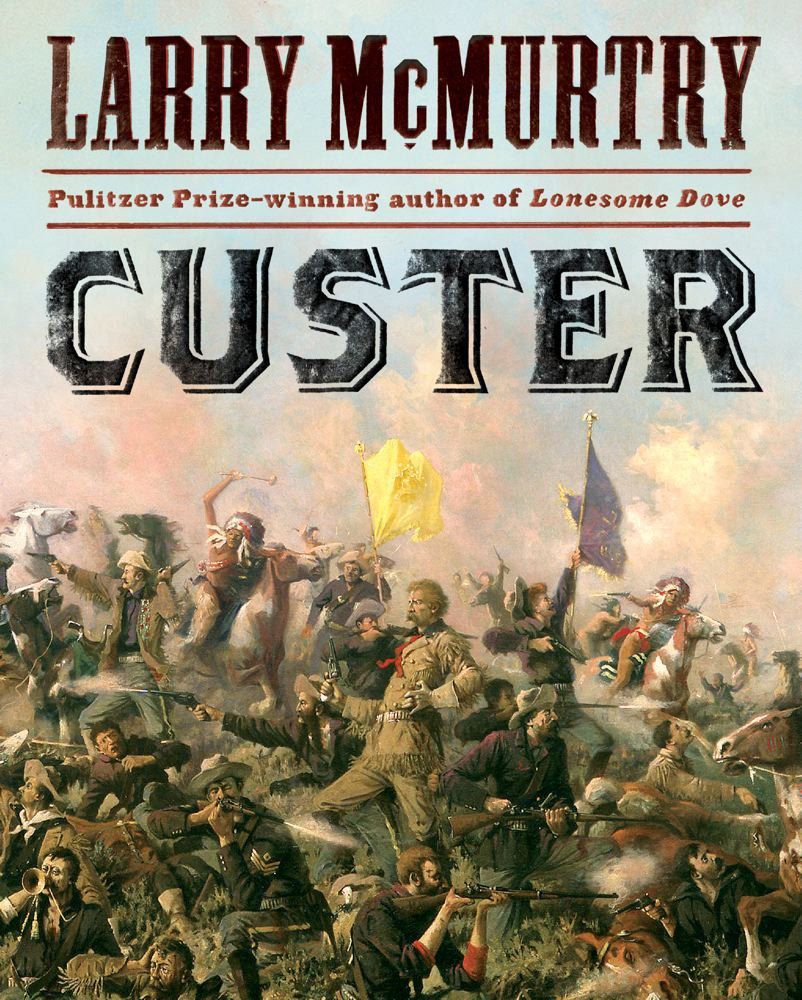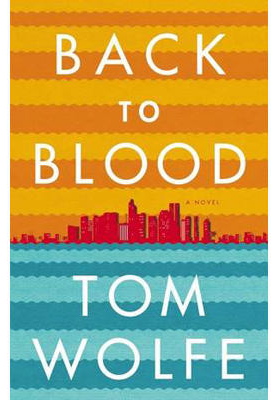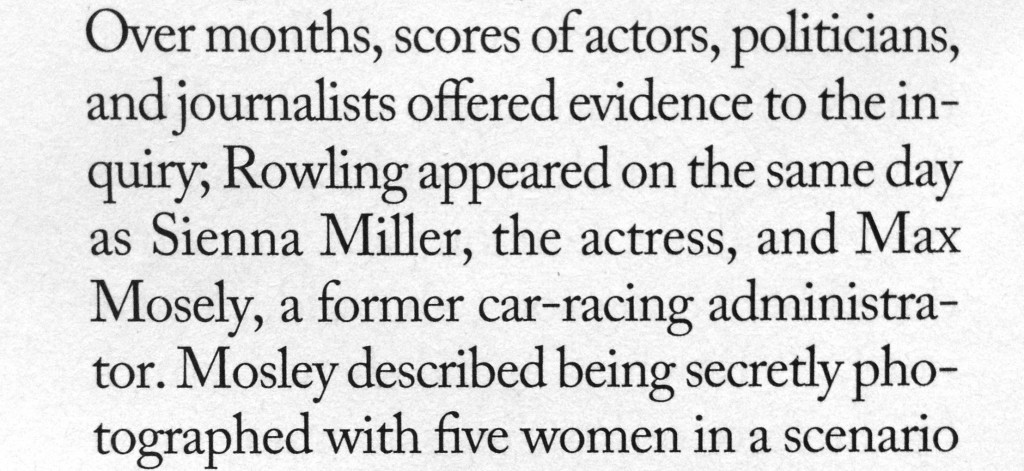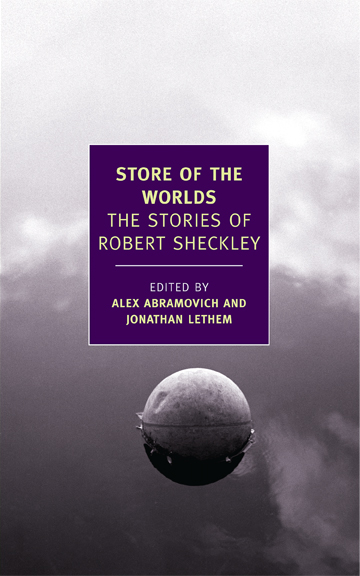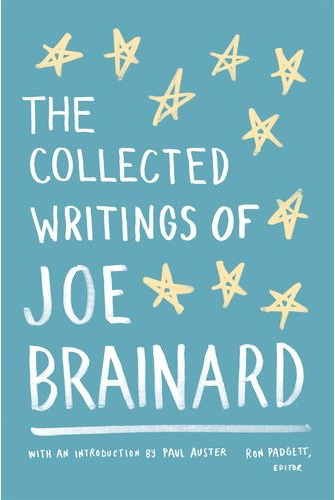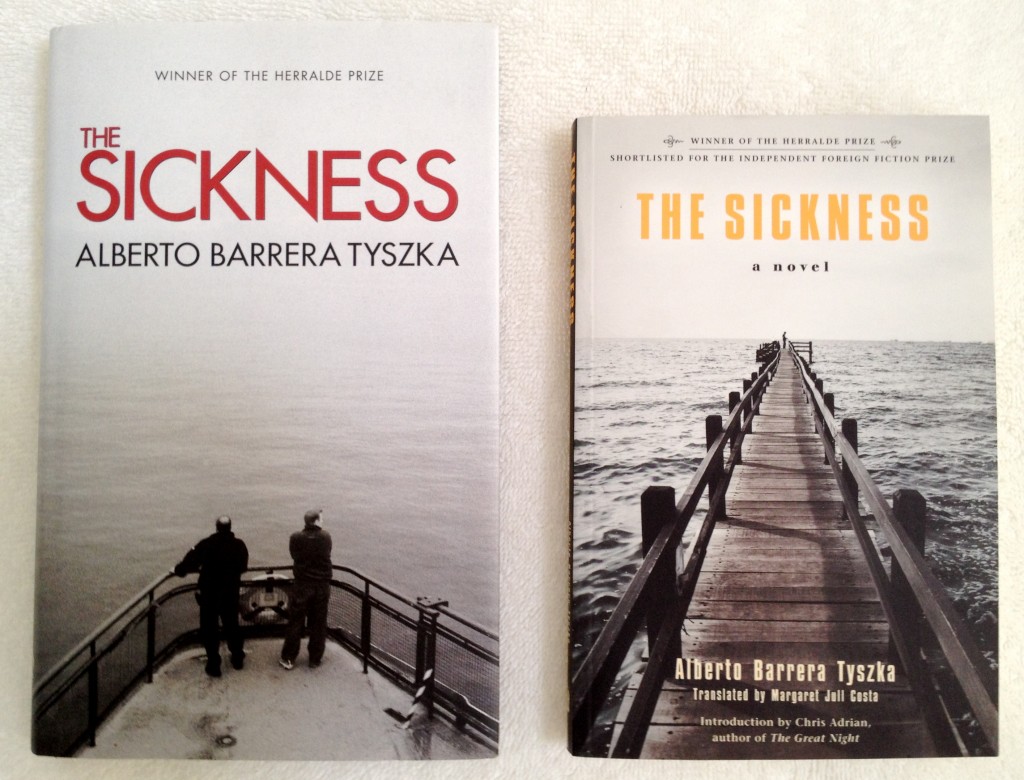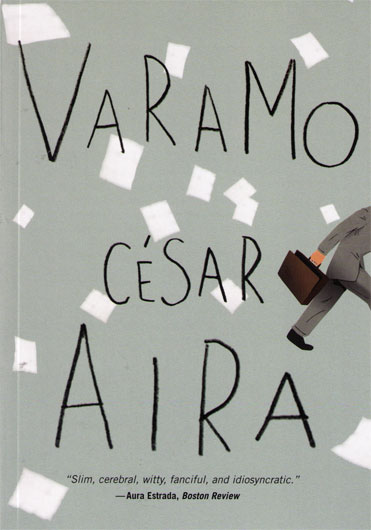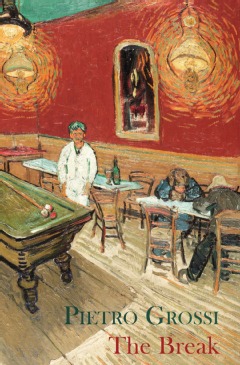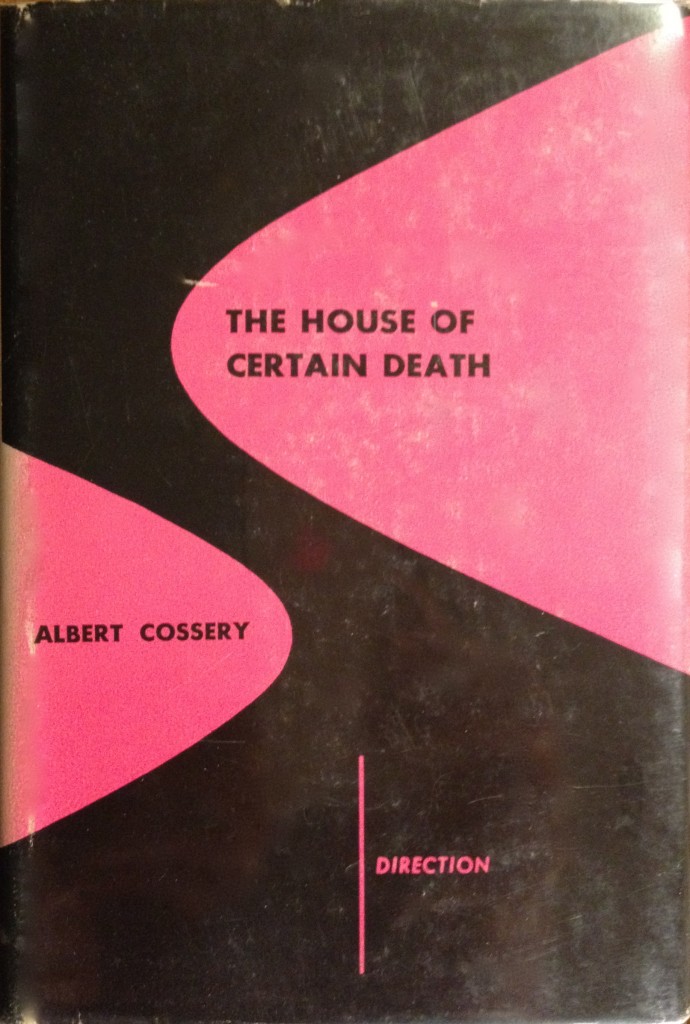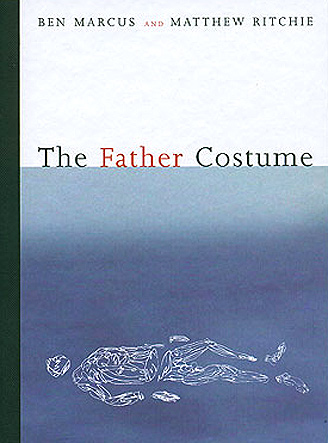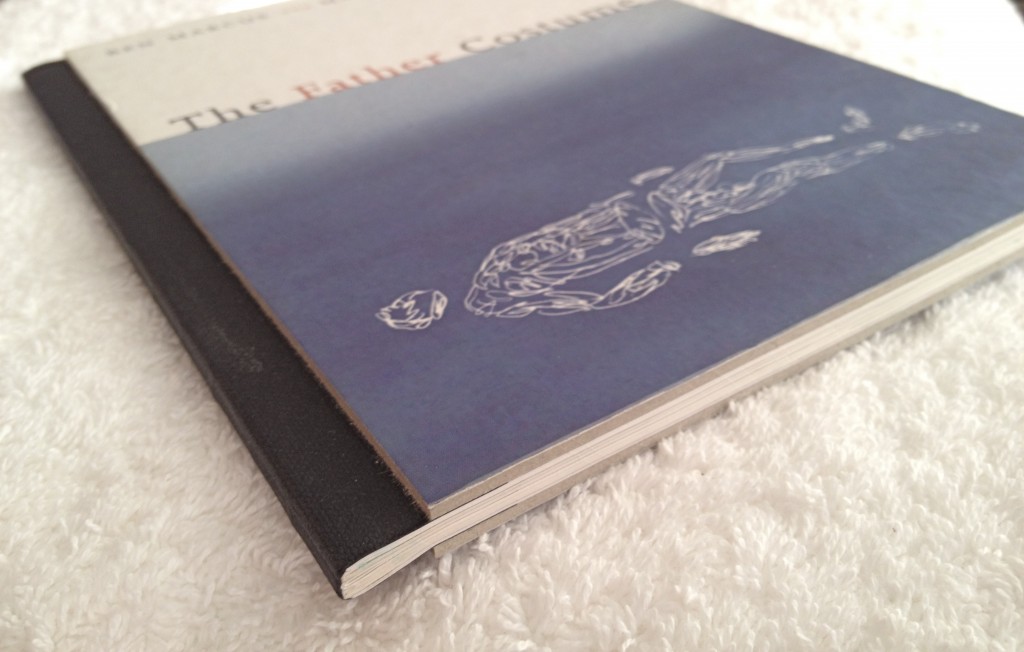.
.
Larry McMurtry’s take on CUSTER, according to a growing consensus of reviewers on Amazon, is a pathetic effort. Some of these reviewers are historians of professional or amateur status and others are not. But all of them, it seems to me, come across as serious readers who care about the truth and care about history done right. They’re offended by the book’s countless flaws, factual errors, book production missteps, and quality-control oversights.
I join them in saying this is a sadly misbegotten thing.
I’m not a historian, amateur or otherwise, just a general reader. Before opening CUSTER I knew next to nothing about the General, other than how easily come the laughs whenever his name is invoked when characterizing someone else’s abject failure. Even if you don’t know the date by heart as do Custer-maniacs — it was June 25, 1876, by the way — everyone knows the outcome of the Battle of the Little Big Horn. So to those of you in a similar position, novices who might be attracted to the book because it looks like it might be a good way to enter Custer’s world, I say this:
Stay away.
As a biographer, McMurty fails the new reader. His presentation is disjointed. Without any helpful introduction, McMurtry drops in names and places and events that aficionados of Custer and the Battle of the Little Bighorn will recognize but that leave the rest of us neophytes without a clue. He repeatedly veers off into tangents that have little or nothing to do with the subject at hand. The chapters are so short that narrative momentum is impossible.
Maybe you’re like me, expecting McMurty would take his talents as a storyteller and his skills as a novelist (no dispute that in his fiction he’s crafted fully-rounded characters you swear are real people) and use those talents and skills to re-imagine Custer for readers of today. Well, there too you’ll be disappointed. For me the final bitter pill was this: when I finished the book I had no strong sense of what it would have been like to meet Custer in person and know the man.
I don’t want to beat a dead horse, but aside from the major criticisms of knowledgeable reviewers, there’s yet one more problem to mention. In a book that carries a $35 list price, you will be shocked — and as a reader you will feel insulted — by how many typos mar McMurtry’s text as it now lies on the pages of this book. Was nobody at Simon & Schuster available to proofread it? On the more serious matters of factual inaccuracies in McMurtry’s text and in the captions accompanying the otherwise interesting illustrations (on the latter point, see the list of errors, here), why didn’t the editor listen to the pre-release readers who submitted comments and corrections? Why was this rushed into release in this sorry state?
For sure there’s a story to be told someday about how McMurtry, a writer with a long and distinguished career, got roped into this terrible adventure. If the unfocused, error-riddled text is from his hand and if it represents his final polished draft, then this truly must be viewed as a misconceived endeavor.
If, despite all the guff we unpaid reviewers are dishing out, you remain interested in adding CUSTER to your library or giving it as a gift, please consider waiting a bit. Mark my words: not long after the holidays there will be stacks of CUSTERs on the remainder table at your nearest Barnes & Noble, radically marked down with a “must-sell-or-we-send-it-to-the-pulp-mill” low price.
– – – – –
One more thing that got my goat is how Amazon teamed with the Simon & Schuster publicity shop to tout a product using misleading means.
A lot of people will decide whether to buy CUSTER based on information found on the book’s product page on Amazon. Potential purchasers may check out a few of the customer reviews and might also scan the “Editorial Reviews” section for insights. That section, just above the “Product Details” area, is where Amazon places comments on the book derived main stream media outlets — newspapers and magazines. This material is fed to Amazon from the publisher. In the case of CUSTER, this means Amazon is featuring blurbs plucked by Simon & Schuster from ten positive reviews of the book. Or at least you’re led to believe they’re reviews of CUSTER. And so someone who absorbs that material, together with the customer reviews, may wind up scratching their head in wonder: How could those smart folks at The Wall Street Journal, The New Yorker, Chicago Tribune and The Washington Post say such nice things about CUSTER, when most of the common readers who posted detailed reviews are so negative? The answer is simple:
None of those positive-sounding quotations relate to CUSTER.
If you do a Google search you’ll discover the quotation from the Wall Street Journal actually comes from a review of McMurtry’s 2010 book entitled “Hollywood”. The statement from The New Yorker was previously attached to the author’s “The Berrybender Narratives”. The sentence from the Chicago Tribune was pulled from a 2002 review of “Sin Killer” (the first of the “Berrybender Narratives”). The words from the Washington Post were also previously attached to “The Berrybender Narratives”. Of you’re wondering about that second dry quotation from the Wall Street Journal — well, it appeared in a recent interview piece with the author; in no way should it be taken as the Journal expressing a positive judgment on CUSTER.
The remaining excerpts in the “Editorial Reviews” section do in fact come from recently-published reviews of McMurtry’s new book. Yet there, too, skepticism is in order.
For example, the 20 upbeat words carefully lifted from Kirkus Reviews are, in truth, more than overshadowed by the critical remarks found elsewhere in the complete review (available online here), such as this less-than-enthusiastic summary: “McMurtry’s observations are not especially interesting […] and some wander off topic.” The same goes for the excerpt from a review in Booklist, which, when read in its entirely, also comes across as damning McMurtry with faint praise. Booklist labels the book as “neither a comprehensive nor a conventional biography of Custer. Instead, McMurtry offers a series of vignettes and musings … McMurtry often paints an unflattering and probably unfair portrait of Custer.” Granted, the Booklist reviewer does say many of the author’s “tidbits” are “interesting.”
As for the USA Today’s review of CUSTER that Amazon cites, upon reading the complete review I found it contains some not entirely reassuring words of advice to the potential reader; words that, for some reason, are missing from Amazon:
“You will enjoy the book more than Custer enjoyed the battle.”
I kid you not.
.
